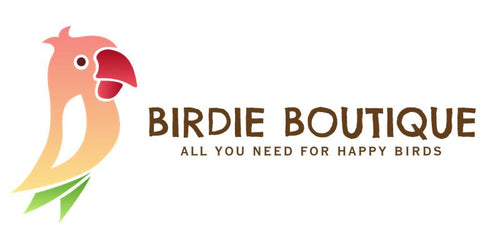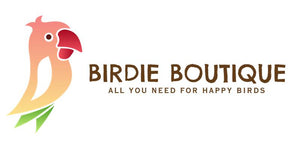Things NOT to do for Your Bird
by Dr Greg Burkett, Board Certified Avian Veterinarian
Most articles are written to provide guidance on what TO do for your bird; such articles are undoubtedly helpful. Here is a list of things that you should NOT do for your bird, the explanation for why they are bad for your bird, and a better alternative.
• Do not use mite protectors and mite sprays – o Because these products are toxic and cause dermatitis, respiratory disease, and cancer. In addition, these products are ineffective for treating and preventing mites and other parasites. o Instead, if you think your bird has mites or other parasites, take your bird to an avian veterinarian. Your veterinarian will diagnose your bird’s problem and treat appropriately. To schedule consultations and appointments contact Dr. Burkett at his hospital at 919-490-3001, or send an email to DrB@TheBirdVet.com.
• Do not use plastic or wooden dowel perches – o Because these perches cause bumblefoot, a painful condition of pressure sores on the soles of the feet. o Instead, provide a variety of perches including natural branches, rope, and pedicure perches with varying sizes, shapes, and textures. The pedicure perch needs to be the highest perch in the cage so that your bird will sleep there. A pedicure perch helps to prevent bumblefoot and will keep nails short and dull, yet functional. For the pedicure perch to be effective it needs to be oversized for your bird’s feet. To see a variety of appropriate perches and additional information about perches and cage set ups, pay us a virtual visit at www.birdieboutique.com; or call 888-442-8426; or visit our Store, The Birdie Boutique at 3039 University Drive, Durham, NC. 27707. 919-490-3001
• Do not use branches from trees outside – o Because these branches can expose your bird to deadly parasites, as well as bacterial, viral, and fungal infections. Also, outdoor branches can be toxic. o Instead, use natural branch perches from reputable bird and pet supplies stores, which have been processed to eliminate dangers. Java wood, dragonwood, and ribbon wood are some of the best choices.
• Do not use sandpaper perch covers – o Because these are abrasive to feet, cause bumblefoot, and are ineffective at keeping nails groomed. These covers will spin around the perch, which makes the perch insecure. o Instead, use a variety of perches including natural branches, rope and pedicure perches. Pedicure perches will keep nails groomed, and prevent bumblefoot. The right pedicure perch will even cure minor cases of bumblefoot.
• Do not use a sand coated perch for a roosting (sleeping) perch – o Because these are too abrasive for a bird to perch on for long periods of time. The texture is more abrasive than the concrete-like pedicure perches, and these perches are ineffective at grooming nails. o Instead, use a pedicure perch made from a lightweight concrete-like material with variability in the surface roughness. The pedicure perch needs to be over sized for your bird’s feet. My recommendation is the Polly’s Pet Products Original Pastel Pedicure Perch.

